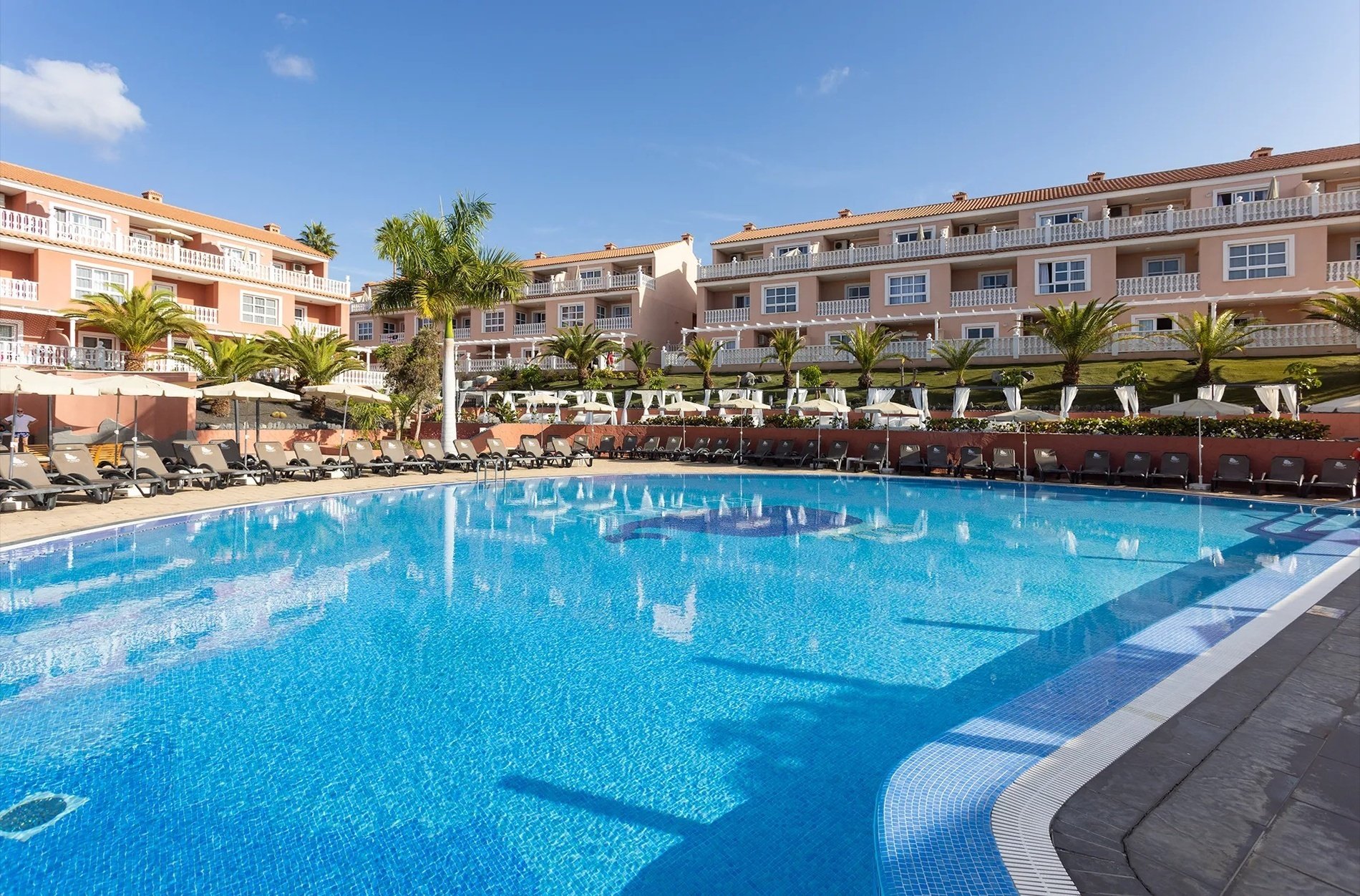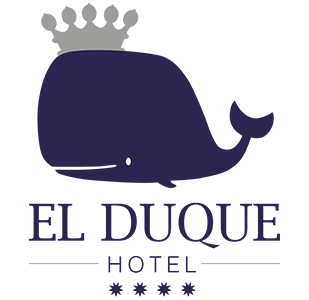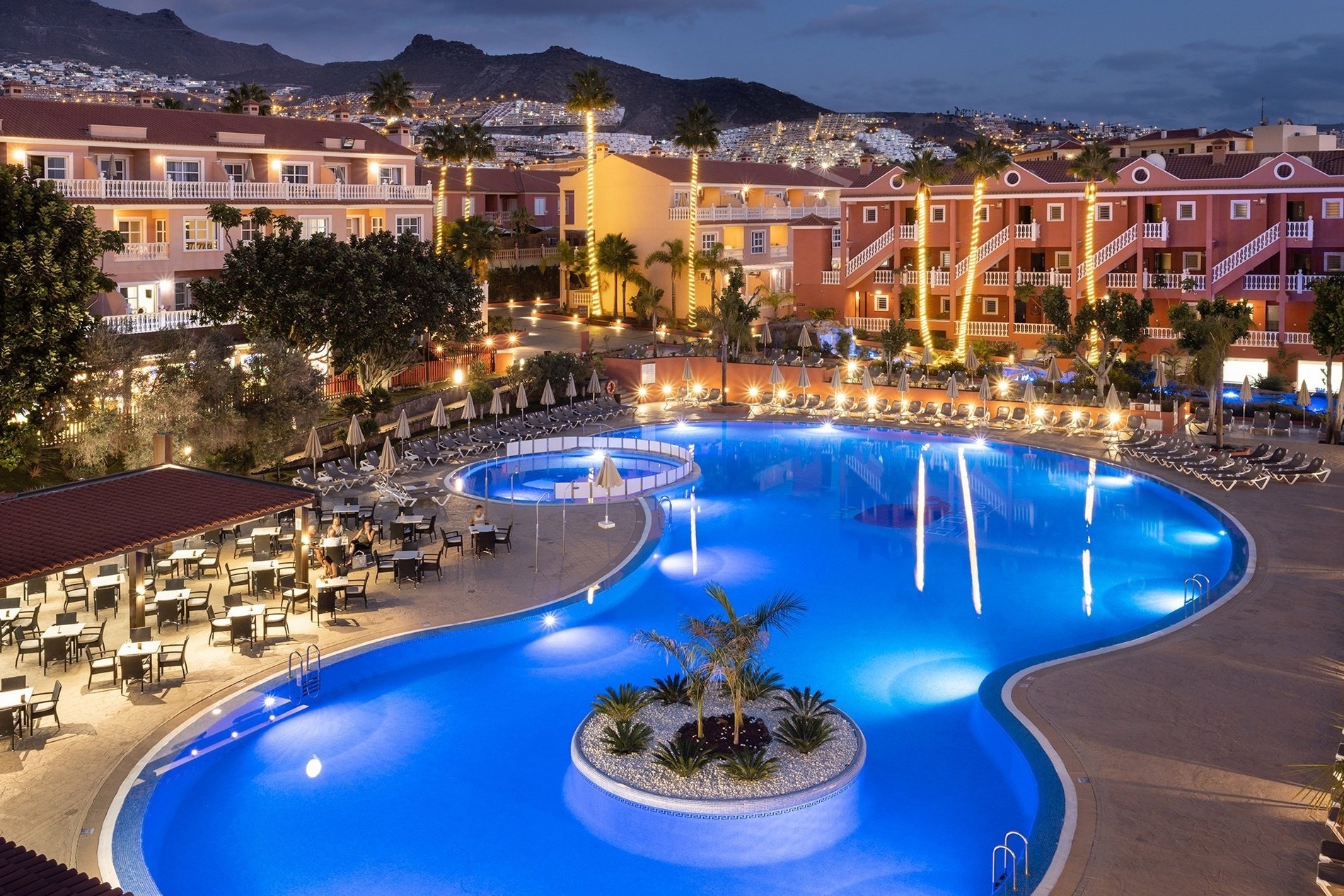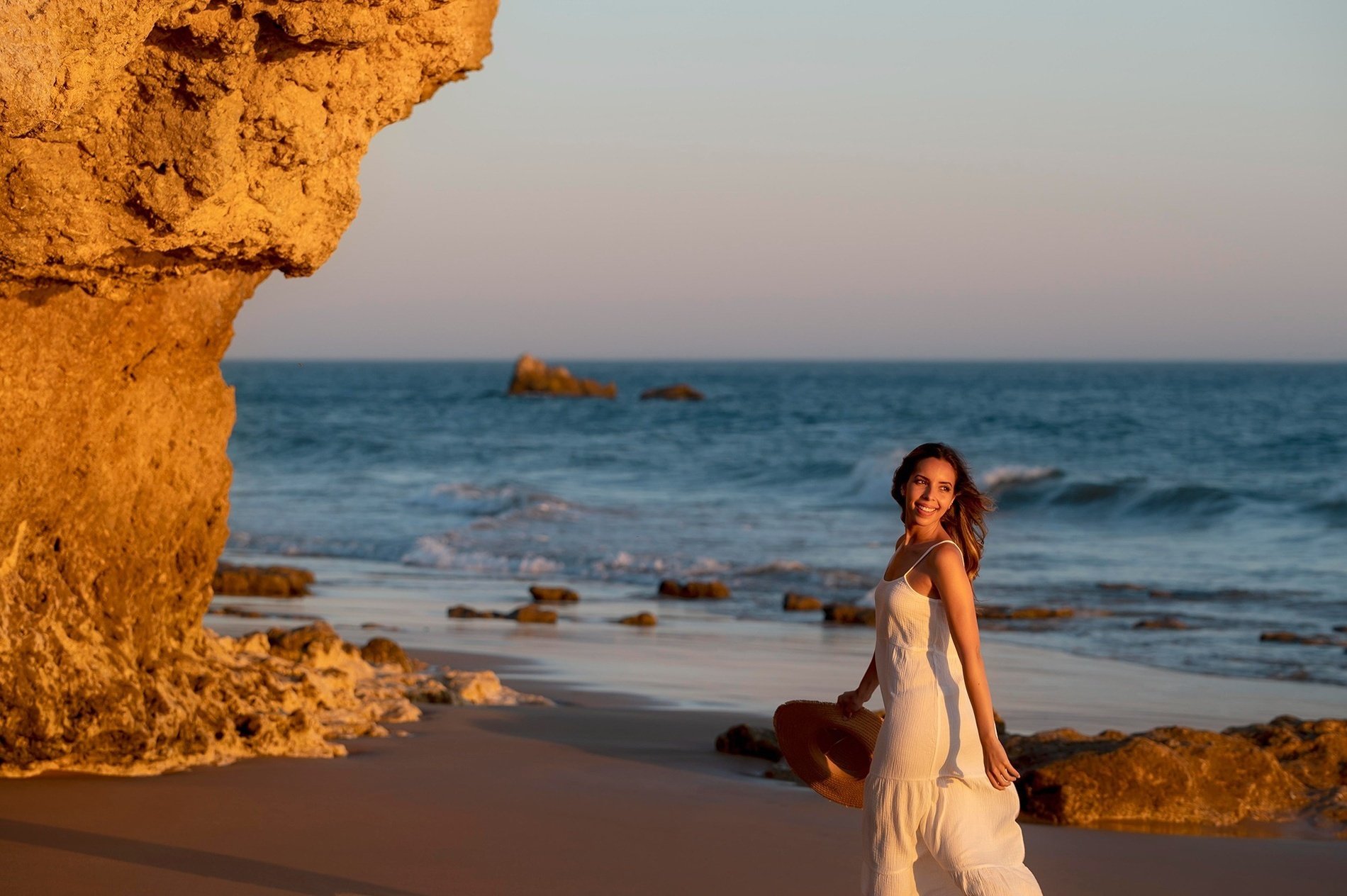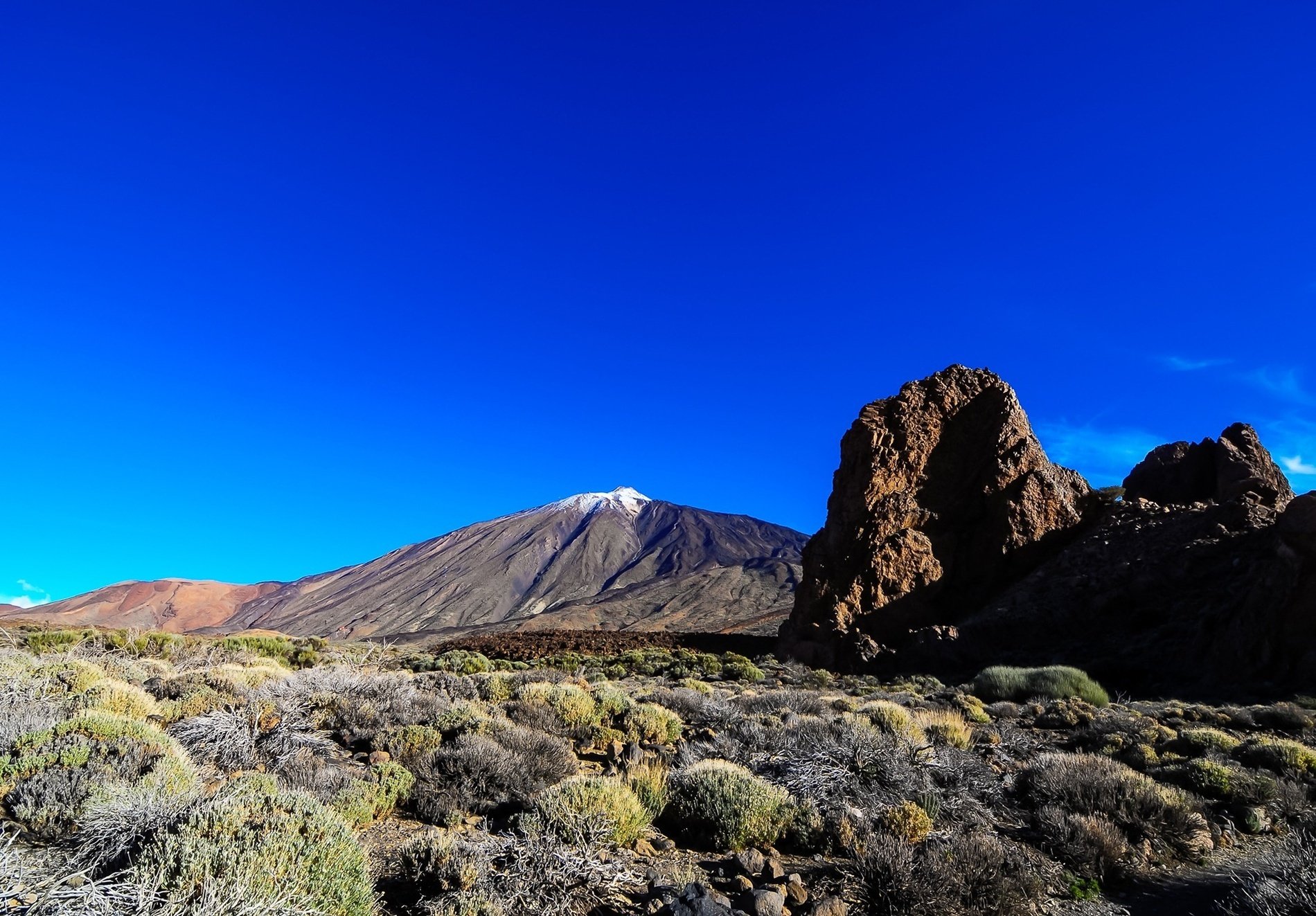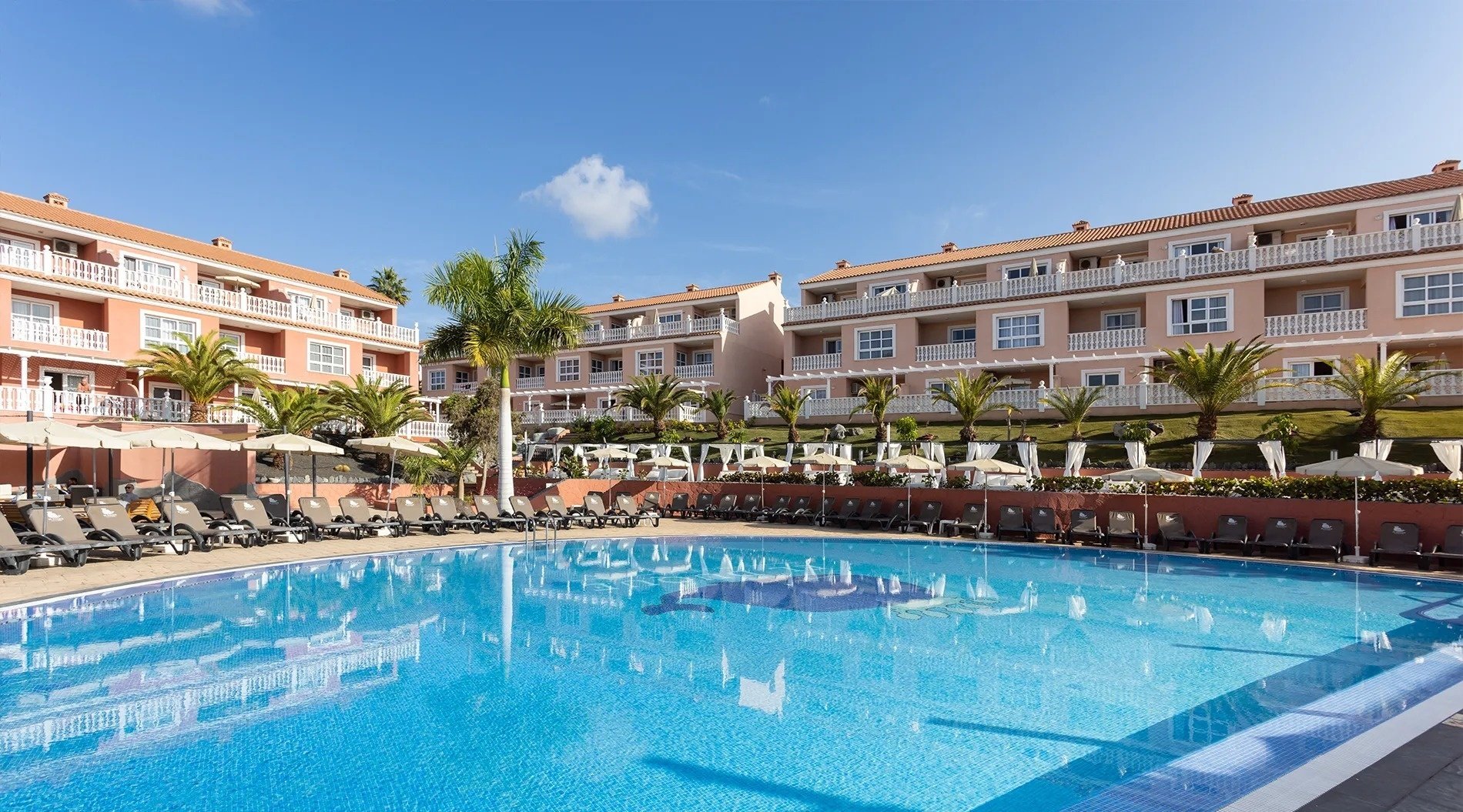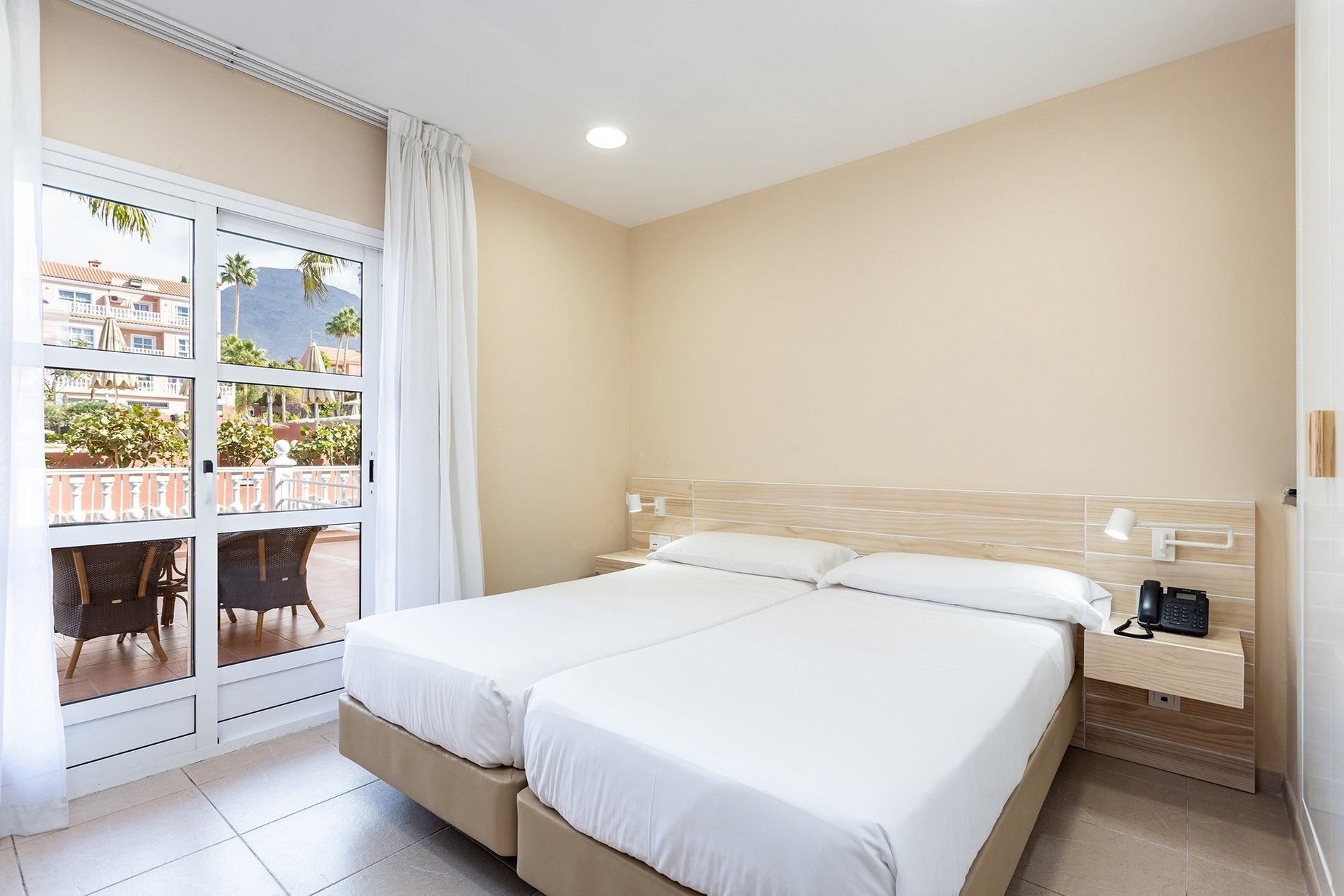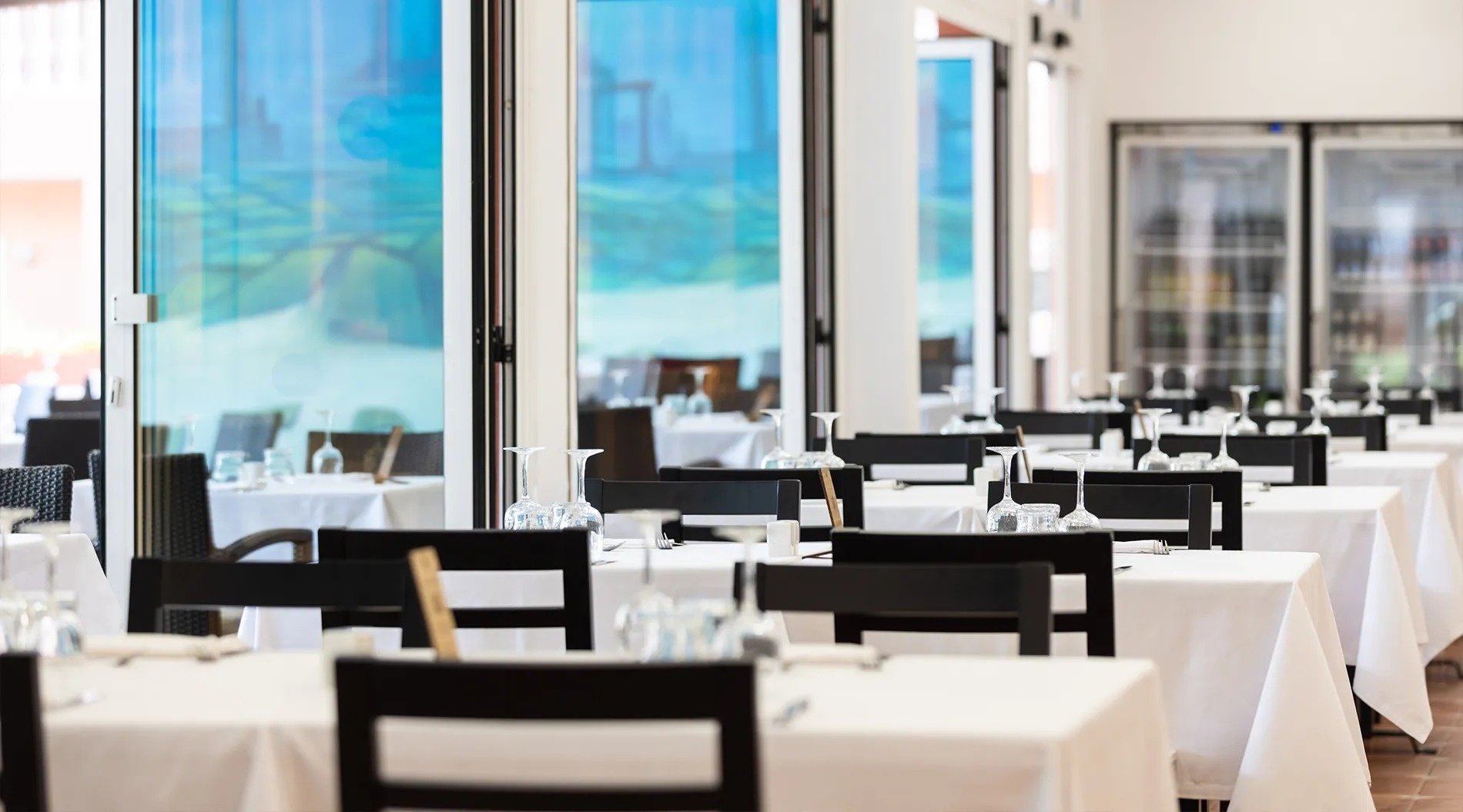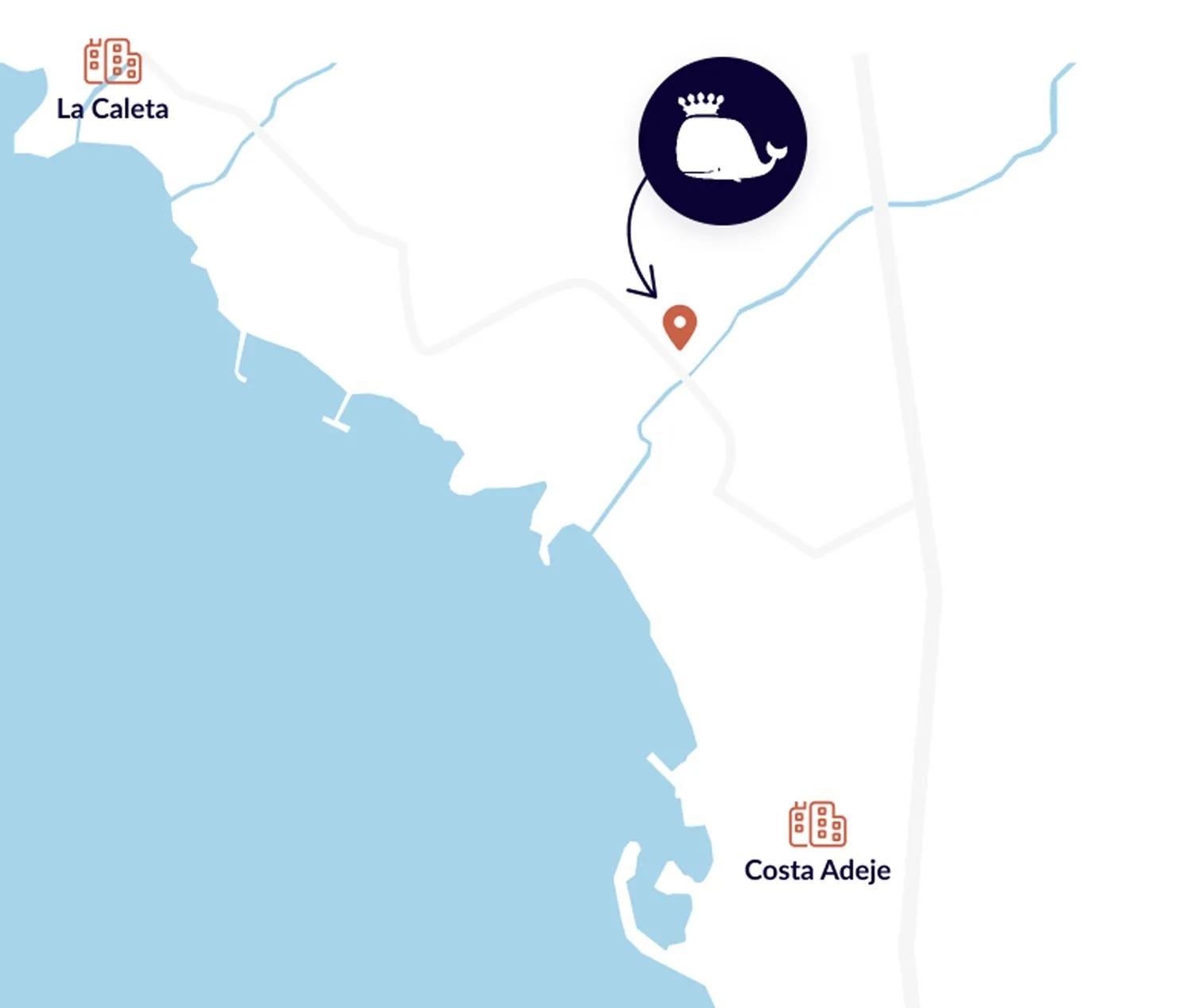Wifi gratuito
Hotel El Duque se encuentra en Costa Adeje, en la zona sur de la isla de Tenerife, una isla privilegiada en la que podrá disfrutar de una temperatura perfecta durante todo el año.
Disfrutará de amplios espacios, tanto en sus habitaciones, como en las grandes zonas comunes al aire libre. En las instalaciones y alrededores del hotel podrás relajarte y vivir experiencias únicas en familia. Además, apostamos por dar a conocer en nuestro restaurante la rica gastronomía canaria y española.
Nota informativa: se están llevando a cabo unas obras en la piscina Montecarlo (pequeña). La piscina Caribe (piscina grande) permanecerá abierta. Pedimos disculpas por las molestias que esto pueda causar durante su estancia.
Saber más
Disfrutará de amplios espacios, tanto en sus habitaciones, como en las grandes zonas comunes al aire libre. En las instalaciones y alrededores del hotel podrás relajarte y vivir experiencias únicas en familia. Además, apostamos por dar a conocer en nuestro restaurante la rica gastronomía canaria y española.
Nota informativa: se están llevando a cabo unas obras en la piscina Montecarlo (pequeña). La piscina Caribe (piscina grande) permanecerá abierta. Pedimos disculpas por las molestias que esto pueda causar durante su estancia.
